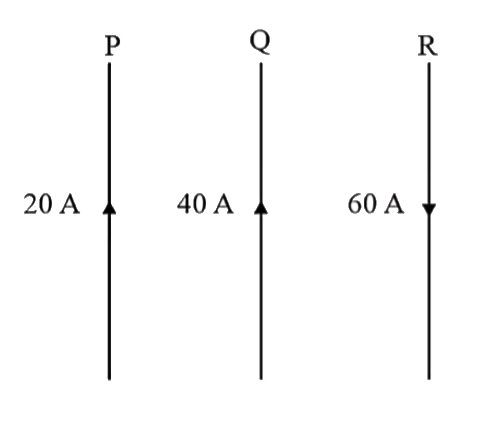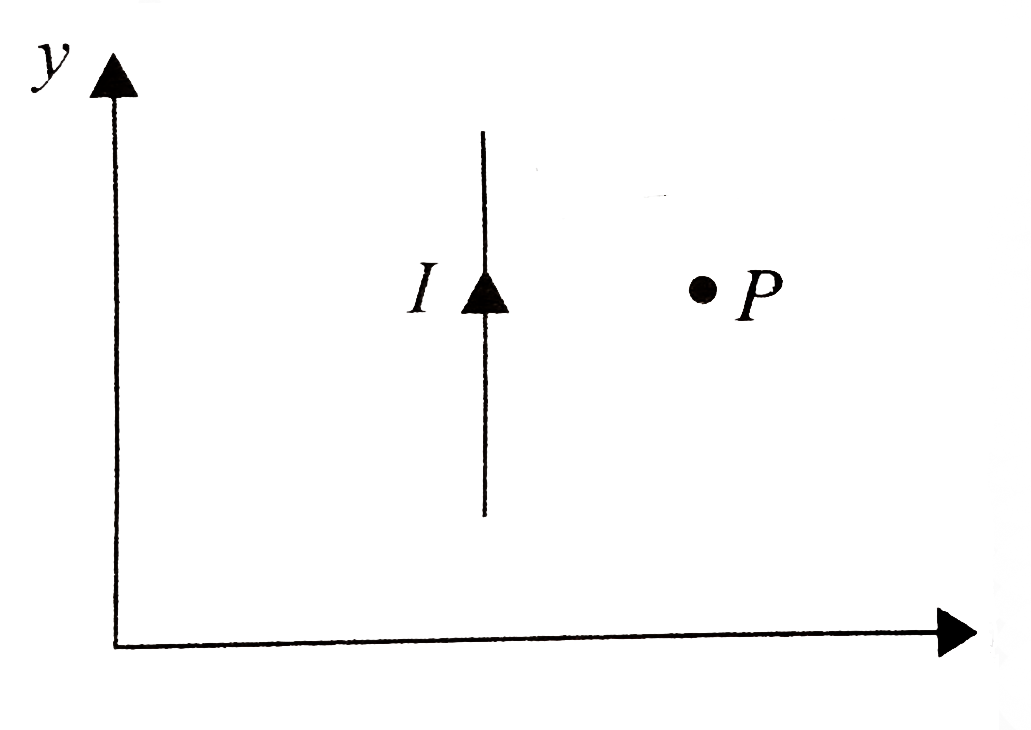(A) : A helical spring tends to contract, when a current passes through it
(R) : Two straight parallel metallic wires carrying current in same direction repel each other
Both 'A' and 'R' are true and 'R' is the correct explanation of 'A'.
Both 'A' and 'R' are true and 'R' is not the correct explanation of 'A'
'A' is true and 'R' is false
'A' is false and 'R' is false
The correct Answer is:C
To solve the question, we need to analyze both the assertion (A) and the reason (R) provided.
1. Understanding the Assertion (A):
- The assertion states that "A helical spring tends to contract when a current passes through it."
- When a current flows through a helical spring, the spring behaves like a series of parallel wires. The current in the adjacent coils of the spring creates a magnetic field that interacts with the current in the other coils.
2. Analyzing the Behavior of the Spring:
- According to the principles of electromagnetism, when two parallel conductors carry current in the same direction, they attract each other.
- In the case of the helical spring, the coils are parallel to each other, and since the current flows in the same direction through adjacent coils, they will attract each other, causing the spring to contract.
3. Conclusion on Assertion (A):
- Therefore, the assertion is True.
4. Understanding the Reason (R):
- The reason states that "Two straight parallel metallic wires carrying current in the same direction repel each other."
- This statement is incorrect. In fact, two parallel wires carrying current in the same direction attract each other.
5. Conclusion on Reason (R):
- Therefore, the reason is False.
6. Final Evaluation:
- Since the assertion is true and the reason is false, we conclude that the correct option is that the assertion is true, and the reason is false.
Final Answer:
- Assertion (A) is True.
- Reason (R) is False.
- The correct option is C.
- The assertion states that "A helical spring tends to contract when a current passes through it."
- When a current flows through a helical spring, the spring behaves like a series of parallel wires. The current in the adjacent coils of the spring creates a magnetic field that interacts with the current in the other coils.
- According to the principles of electromagnetism, when two parallel conductors carry current in the same direction, they attract each other.
- In the case of the helical spring, the coils are parallel to each other, and since the current flows in the same direction through adjacent coils, they will attract each other, causing the spring to contract.
- Therefore, the assertion is True.
- The reason states that "Two straight parallel metallic wires carrying current in the same direction repel each other."
- This statement is incorrect. In fact, two parallel wires carrying current in the same direction attract each other.
- Therefore, the reason is False.
- Since the assertion is true and the reason is false, we conclude that the correct option is that the assertion is true, and the reason is false.
- Assertion (A) is True.
- Reason (R) is False.
- The correct option is C.
Topper's Solved these Questions
- MOVING CHARGES AND MAGNETISMBOOK - AAKASH SERIESCHAPTER - MOVING CHARGES AND MAGNETISMEXERCISE - EXERCISE-II
79 Videos
- MOVING CHARGES AND MAGNETISMBOOK - AAKASH SERIESCHAPTER - MOVING CHARGES AND MAGNETISMEXERCISE - EXERCISE-III
49 Videos
- MOVING CHARGES AND MAGNETISMBOOK - AAKASH SERIESCHAPTER - MOVING CHARGES AND MAGNETISMEXERCISE - EXERCISE-IA
142 Videos
- MOTION IN A STRAIGHT LINE BOOK - AAKASH SERIESCHAPTER - MOTION IN A STRAIGHT LINE EXERCISE - very Short answer type question
15 Videos
- NUCLEAR PHYSICSBOOK - AAKASH SERIESCHAPTER - NUCLEAR PHYSICSEXERCISE - ADDITIONAL PRACTICE PRACTICE SHEET (ADVANCED) Integer Type Questions
3 Videos
Similar Questions
Knowledge Check
The two linear parallel conductors carrying currents in the opposite direction…………………each other.
AIf both assertion and reason are true and reason is the correct explanation of assertion.BIf both assertion and reason are true but reason is the correct explanation of assertion.CIf assertion is true but reason is falseDIf both assertion and reason are false.
Two proton beams going in the same direction repel each
other whereas two wires carrying currents in the same
direction attract each other. Explain.
View SolutionP, Q and R are long straight wires in air, carrying currents as shown. The force on Q is directed

View SolutionTwo parallel wires are carrying electric currents of equal magnitude and in the same direction. They
View SolutionA straight wire carrying current is parallel to the y-axis as shown in Fig. The

View SolutionAssertion : Two parallel conducting wires carrying currents in opposite direction, come close to each other.
Reason : Parallel currents repel and anti parallel currents attract.
View SolutionAn infinitely long, straight conductor AB is fixed and a current is passed through it. Another movable straight wire CD of finite length and carrying current is held perpendicular to it and released. Neglect weight of the wire

View SolutionForce per unit length acting at one end of each of the two long parallel wires, carrying current I each, kept distance r apart is
View Solution
